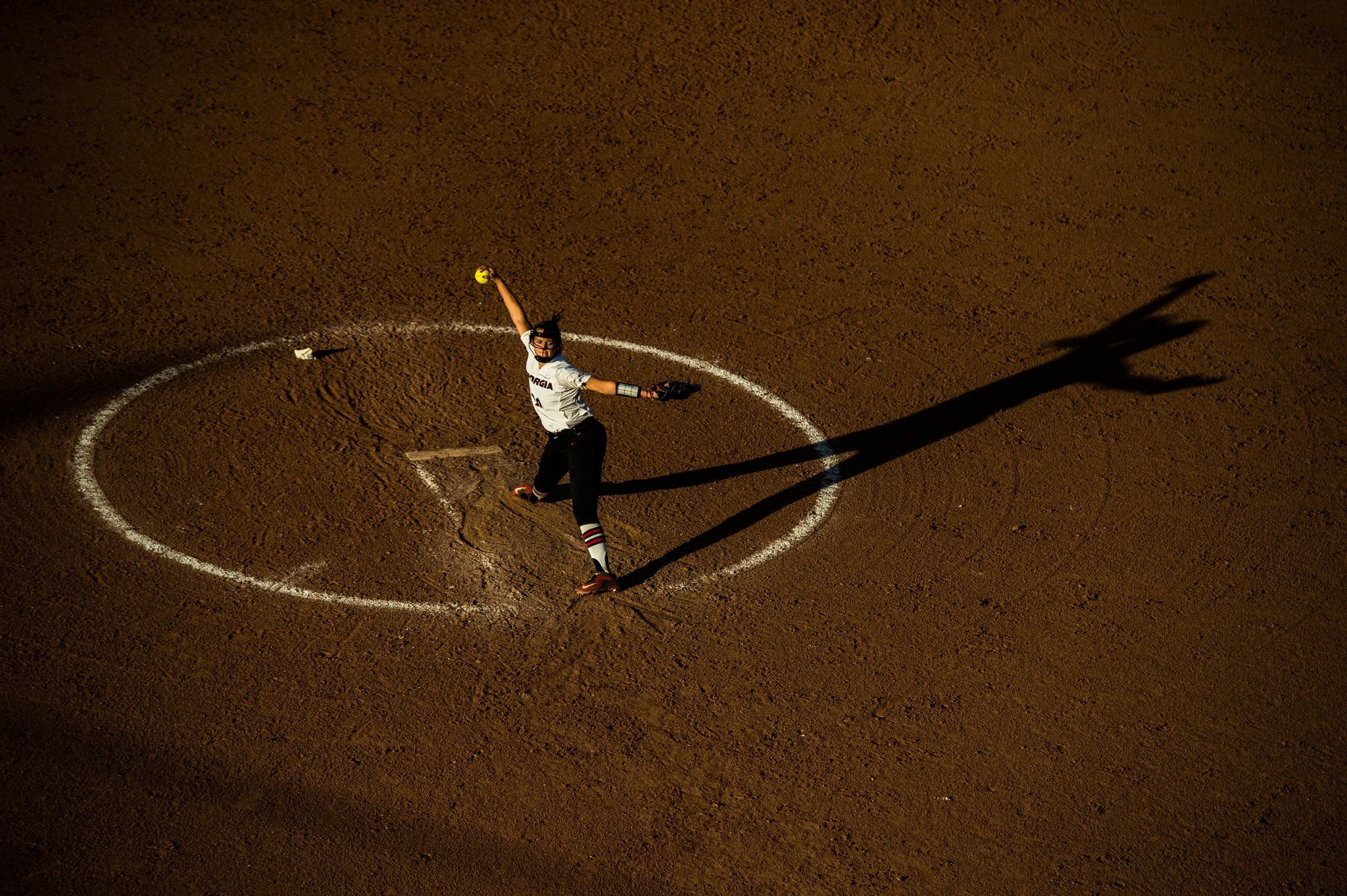Football season is finally upon us so I thought I would share how I approach a football game from a photographers perspective. Depending on who the assignment is for there can be many different approaches to getting the assignment completed and keeping the editor, mom/dad, school or whoever the client may be happy. I shoot a lot of high-school football, and it usually for a local magazine and is also used for the web as a photo gallery. Football like many other sports, is a lot easier to shoot if you have an understanding of the game and the players involved in the game. For many high-school teams the kids play both on the offensive and defensive side of the ball. Unless you are shooting player specific kids the easiest way to figure out who the top players are is to get to the field early and watch warmups. I arrive to the field an hour and a half prior to kickoff, there are so many opportunities to make pictures other than action stuff. I try and tell the story of the game, which means I shoot crowds, cheerleaders, tailgate action, band action and of course warmups. Editorial style images are sometimes my favorite images from a game and there is one big advantage to arriving early, there is usually great light, especially early in the season. My typical approach from a gear perspective for pre-game doesn't usually change much. I utilize a wide angle (14-24mm) on one of the cameras and a 70-200mm on the other body. Once the game starts I switch the 14-24mm to a 400mm. High-school is much different than college and NFL from an access perspective, the majority of the time you can go where you want and make pictures that are much more difficult to make a college or NFL game. Use your creativity and practice with angles, slow down your shutter speed and give motion blur a try, the results can sometimes be stunning. One of the down sizes of shooting high-school football is once the sun sets the lighting can be very difficult to navigate. It is not uncommon that I use 10,000 to 12,800 ISO and sometimes that isn't enough to maintain a good shutter speed. With the advent of technology many cameras have an Auto ISO feature which is handy when you are dealing with shadows or poor lighting in general. Essentially, you set the parameters of shutter speed and ISO and the camera will do the rest. For example, I am a Nikon shooter and when I am shooting a game that is half in shade and half sunny I will use the Auto ISO feature because I can't change settings fast enough. So I may tell the camera that I want to maintain a shutter speed of 1/1250th of a second and an ISO not to exceed 8000.
Early season light, take advantage of the dramatic shadows a setting sun creates







